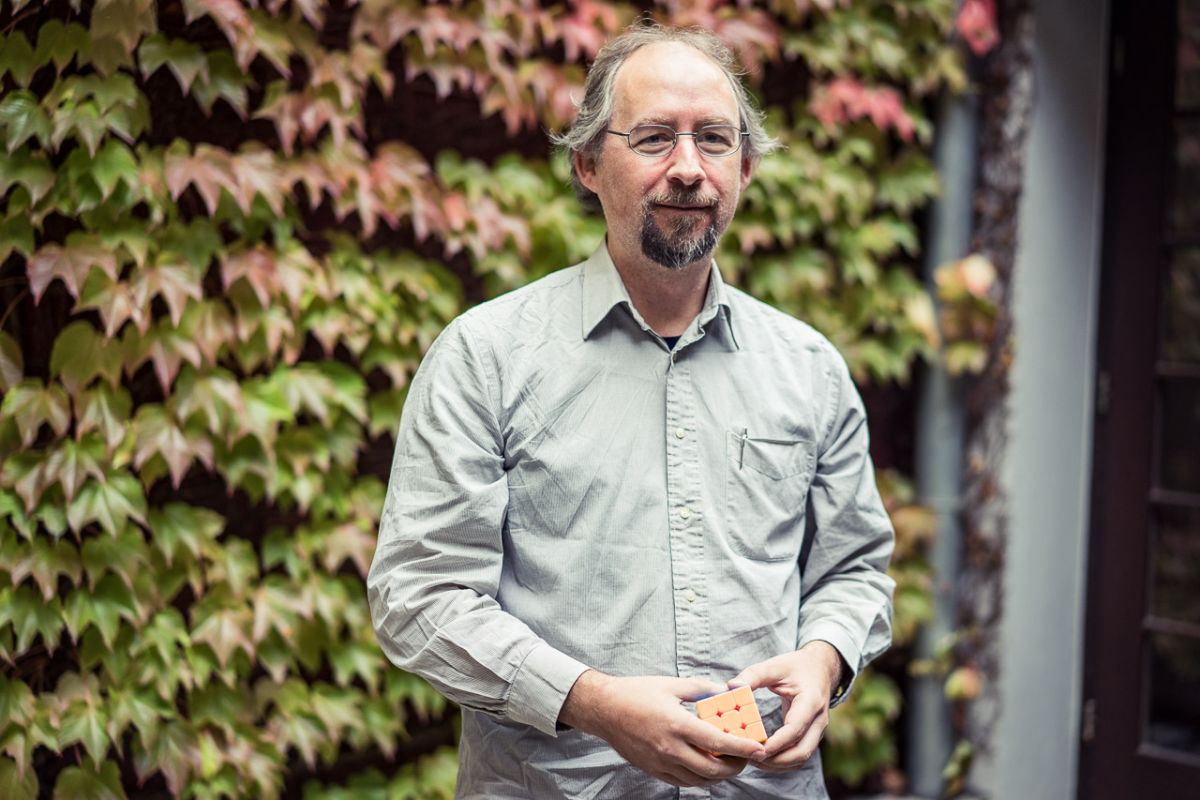Who is Satoshi Nakamoto - the mysterious Bitcoin creator?

The figure of the Bitcoin creator is still shrouded in mystery. Who is hiding behind this pseudonym, and to whom does humanity owe the creation of a new class of decentralized digital assets and Bitcoin in particular?
14 years ago, a document (white paper - WP) was published, which contained the concept of creating a new generation of decentralized money - Bitcoin (BTC). The document was made public through a mass e-mail within the crypto-anarchist community signed by Satoshi Nakamoto. The community members sought to get rid of the state and governments control, the unjust taxation system and the money emission monopoly. The community was in search of an alternative to the existing financial and banking system, devoid of restrictions, prohibitions and high commissions. They associated the future with decentralized systems of data storage and exchange, as well as private digital money outside the control of the state, which would enable p2p transactions without intermediaries. Cryptoanarchists wanted all information to be confidential and protected using cryptography and encryption methods. And the concept of Bitcoin fully corresponded to the community’s aspirations.
The figure of Satoshi Nakamoto has been shrouded in mystery throughout Bitcoin's existence. It is clear that "Satoshi Nakamoto" is only a pseudonym, not a real name. And even 14 years after the publication date of Bitcoin WP, it is not known for sure who exactly used it in correspondence and forums, hiding their true identity. There are many versions of who could be the person responsible for Bitcoin and the first decentralized blockchain. Some believe that it is not even one person, but a group of crypto-anarchist developers who avoid publicity.
Many signs indicated that the Japanese name and Japan in particular have nothing to do with the creator of the first cryptocurrency. Satoshi Nakamoto's correspondence was conducted mostly in the time slots belonging to the Western European time zone (UTC-0), while using British English. Bitcoin WP was also released in pure English, not Japanese, which no one has ever translated into. There were other signs and hints of Satoshi Nakamoto's British origins, so it seems he was just playing conspiracy hide and seek with the public in this way.
Although there were those who followed the "Japanese trail" in search of Satoshi Nakamoto. And they… found him. American physicist Dorian Satoshi Nakamoto, with libertarian views, was of Japanese origin and had experience working in secret Pentagon projects. Like a 100% match. When reporters tracked him down in 2014, he hung on for a bit, enjoying the sudden attention, but eventually admitted he knew nothing about Bitcoin and cryptocurrencies.
Since then, many people have been listed as potential candidates for the role of the creator of Bitcoin. Some hotheads even tried to prove through the court that they were the person who used the pseudonym Satoshi Nakamoto and claimed his work results.
Harold Thomas (Hal) Finney

One of the first to be put on the list of "suspects" was Hal Finney. He was a member of the crypto-anarchist community and was one of the developers of the revolutionary for the 90s data encryption application software using cryptographic methods - PGP. The fact that he was the recipient of the first transfer in bitcoins (January 12, 2009) allowed some to associate his identity with the pseudonym Satoshi Nakamoto, an informal acquaintance with whom, by the way, Hal himself did not deny. But who was the real sender of the first 10 BTC (technically, this operation can be performed by one person using two different wallets) and whether Harold Finney used the pseudonym Satoshi Nakamoto - we will not know. Hal Phil passed away in 2014.
Nick Szabo

Another possible contender to whom the pseudonym Satoshi Nakamoto could belong is Nick Szabo. He was also an IT cryptographer, developed the concept of a smart contract, and created an electronic money called Bit Gold (digital gold) in the late 90s. Bitcoin is also now called "digital gold", and the names Bit Gold and Bitcoin are very similar. Then Bit Gold as a project never got off the ground. Nick has officially disowned Bitcoin, although there are reasons to doubt this.
In 2013, the blogger Skye Gray, after analyzing the style of writing the software code and the Bitcoin protocol, suggested that, with a high probability, Nick Szabo and Satoshi Nakamoto are the same person. Other circumstantial evidence was also found, such as the fact that 40 of Nick's texts contain a double space, just like Satoshi Nakamoto's texts. Another argument was that in 2008, on the eve of the publication of Bitcoin WP, Szabo wrote on his blog about his plans to make another attempt and bring his digital currency to life. Is this coincidence or evidence? But Nick Sabo rejects all these arguments and denies everything.
Adam Beck

This cryptographer is also among the top three likely developers of the oldest cryptocurrency. At the time of the first publication about Bitcoin, he was living in London. Then he moved to Malta (covering his tracks?). There is reason to believe that Adam had a hand in the creation of Bitcoin - he is known to have corresponded with Satoshi Nakamoto, and a link to his post on the development of Hashcash is available on Bitcoin WP. It was his idea that formed the basis of the proof-of-work (PoW) algorithm, which is still used by the Bitcoin blockchain to this day. Adam rejects all claims that he is Satoshi Nakamoto.
Dave Clayman

He is also on this list. After being paralyzed after a car accident in 1995, Dave began writing code and became interested in distributed ledger technology (blockchain). Some colleagues on the shop floor also find his programming style very similar to that of Satoshi Nakamoto. Since the mid-2000s, Dave has been involved in the creation of a new electronic payment system. In March 2008, he wrote the following to his future partner, Craig Wright: “I need your help editing a paper I plan to publish later this year. I was working on a new form of electronic money. Bit cash, Bitcoin... You've always been with me and I want you to be a part of it." A few months later, Bitcoin WP was released. Later, Dave Kleiman and Craig Wright co-founded the company W&K Info Defense Research, which began mining bitcoins. In total, they have raised more than 1.1 million BTC. In 2013, Dave passed away.
There are also individuals who tried to force their way onto this list, appropriating the pseudonym Satoshi Nakamoto and the Bitcoin authorship. We are talking about the person already mentioned above - Craig Wright. During all these years, he has claimed many times that he is the main member of the team that created Bitcoin. He repeatedly tried to prove it through lawsuits, all of which he lost. In 2021, the court ordered the family of the late partner Dave Kleiman to pay $100 million (although they asked for almost $180 billion) as compensation for the stolen income during the joint ownership of the mining company. He also wanted to sue Nick Szabo (another, in his opinion, competitor for Satoshi Nakamoto's crown), but changed his mind and withdrew the application. Several lawsuits he lost throughout 2022 finally cemented him with the moniker “Fake-Satoshi,” which is why the cryptocurrency community now sees him as nothing more than a liar, a fraud, and a patent thief.
Over the entire history of bitcoin, there were up to a dozen people on the list of candidate creators (including even Elon Musk), but no one knows for sure who was behind the pseudonym Satoshi Nakamato: a man, a woman or a group of like-minded people. Although, considering the fact that his coins worth from 750,000 to 1.1 million BTC are still sitting on wallets, we still have a chance to find it out in the future.
Recommended

